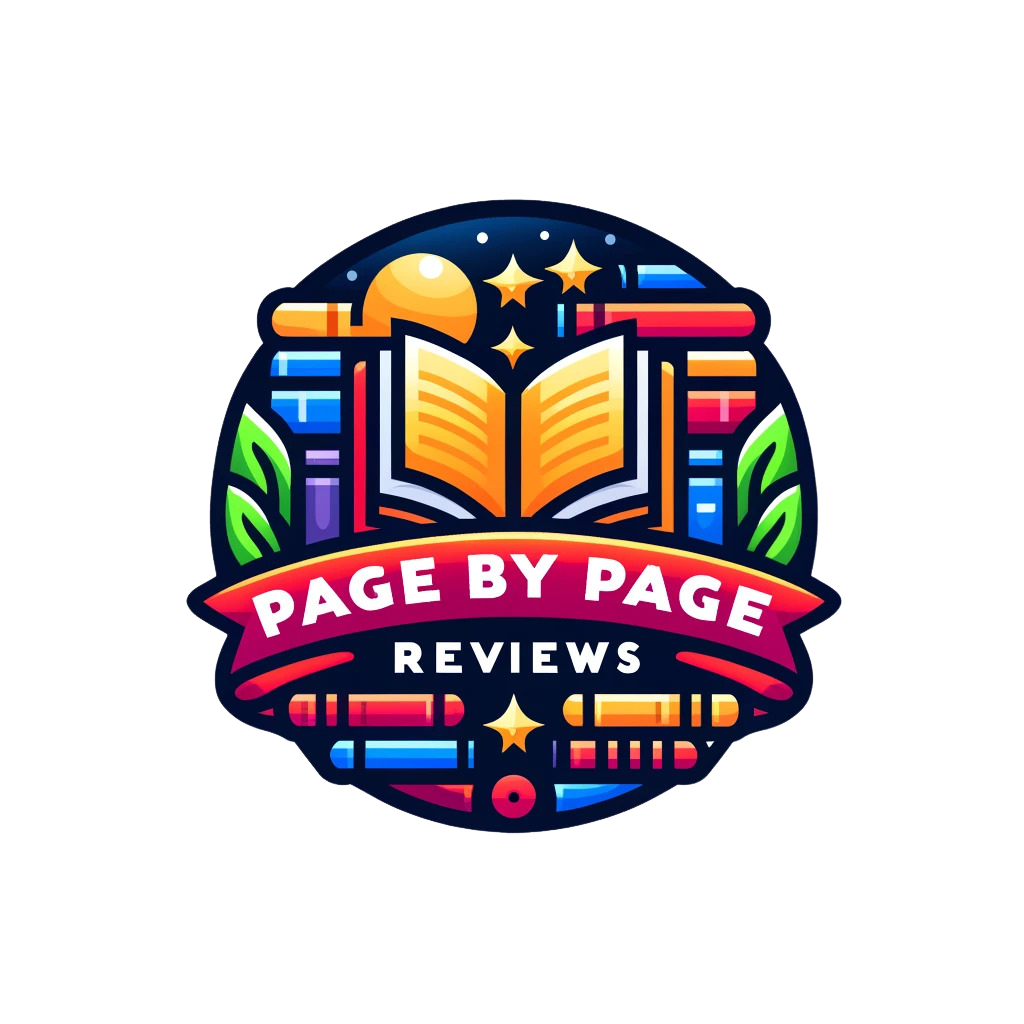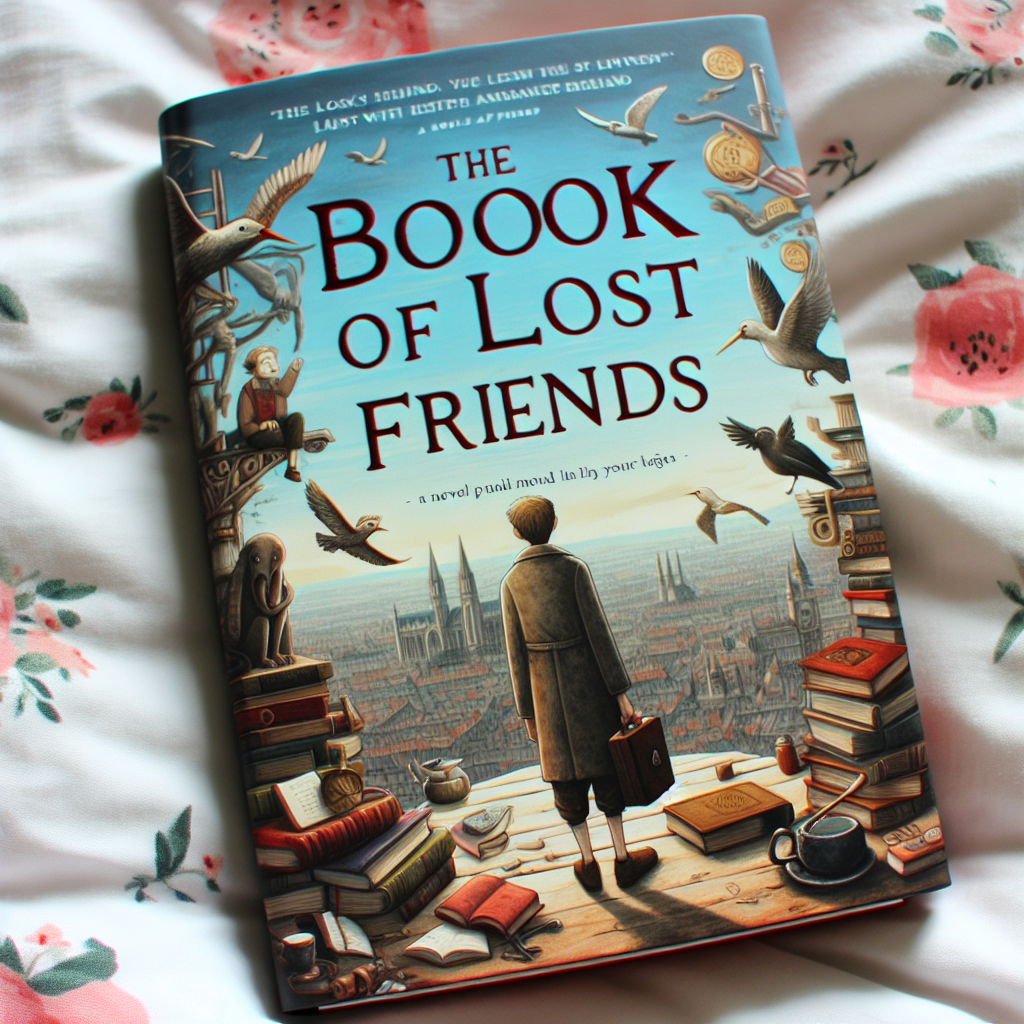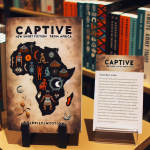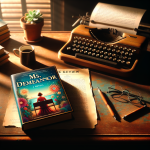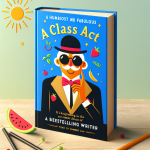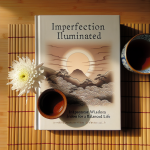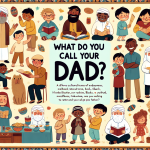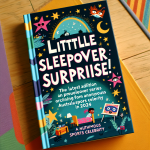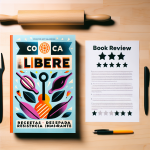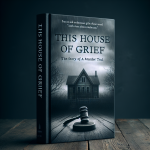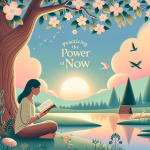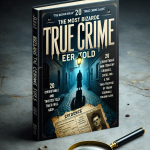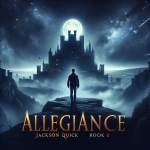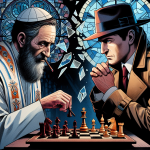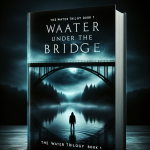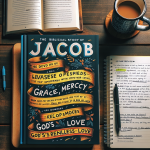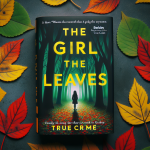As an Amazon Associate I earn from qualifying purchases.
The Book of Lost Friends: A Novel by Lisa Wingate pulls readers into a compelling narrative interwoven with the rich, often painful tapestry of post-Civil War America. From the very first page, Wingate masterfully guides us through the dual timelines of characters Hannie Gossett and Benny Silva, painting a vivid picture of their struggles and resilience in the face of societal upheaval. In doing so, she unearths the realities of Reconstruction-era America and the personal toll it took on the lives of freed slaves and their descendants. This historical fiction novel elevates untold stories, making them resonate with today's readers by highlighting themes of loss, hope, and the enduring human spirit.
The significance of Wingate's novel lies not only in its storytelling but also in the illumination of a profound part of American history: the “Lost Friends” advertisements that appeared in Southern newspapers. These ads were placed by freed slaves searching for loved ones from whom they had been separated. By shedding light on these poignant snippets of history, Wingate fills a gap in the collective memory, offering a platform for voices that have long been silenced. The Book of Lost Friends bridges the past and present, addressing issues of racial injustice and historical erasure, and in doing so, provides readers with a greater understanding of the enduring impact of America's legacy of slavery and the ongoing quest for reconnection and reconciliation.
Amazon Book Box: Reading level 9-12
## Plot
“The Book of Lost Friends: A Novel” weaves a multi-layered narrative that stretches across time, exploring the lives of different characters bound by a common quest for identity and justice. The plot is primarily divided into two timelines – one set in the Reconstruction Era of 1875 and the other in 1987. In the 1875 timeline, the story follows Hannie Gossett, a former slave who embarks on a perilous journey to Texas in search of her family who were forcibly separated during slavery. This quest leads her to collaborate with two very different women, Lavinia and Juneau Jane, both with their own stakes in the journey. Their travels expose them to the poignant realities of post-Civil War America.
In the 1987 timeline, the narrative centers around Benedetta Silva, a young, inexperienced teacher who arrives in a dilapidated southern town to teach. As Bennie introduces her students to the local history, she uncovers stories about Hannie's journey and the lives of former slaves. This connection between past and present brings the characters' experiences to life, illustrating themes of loss, reconciliation, and the enduring power of hope and resilience. The intersecting timelines and their eventual convergence offer a profound reflection on historical memories and their impacts on contemporary identities.
## Characters
The characters in “The Book of Lost Friends” are intricately crafted, each bringing a unique perspective that enriches the narrative. Hannie Gossett, the former slave turned determined traveler, epitomizes strength and courage. Her character is deeply human, shaped by the traumas and trials she endures, yet her resilience and hope make her a beacon of inspiration. Her complexity is evident as she navigates the dangerous landscape of post-war America while retaining her dignity and unwavering will to find her lost family.
Lavinia and Juneau Jane, Hannie's companions, are compelling in their own right. Lavinia, the entitled daughter of a plantation owner, and Juneau Jane, the mixed-race offspring of the same man, offer contrasting yet intersecting experiences of race, privilege, and identity. Their growth through the journey, as they confront their own prejudices and learn to see beyond their differences, adds depth to their characters.
In the 1987 timeline, Bennie Silva serves as a bridge between past and present. Her development from an outsider to someone deeply invested in the community’s history showcases the transformative power of knowledge and empathy. Bennie’s interactions with her students, especially helping them connect with their heritage, underscores her role as an educator who not only imparts knowledge but also facilitates personal growth and societal understanding.
## Writing Style
Lisa Wingate's writing style in “The Book of Lost Friends: A Novel” is immersive and evocative, drawing readers into the historical and emotional depths of her characters' lives. Her descriptive prose vividly brings to life the settings, whether it's the rugged journey through Reconstruction-era America or the decaying beauty of a small Southern town in the 1980s. Wingate excels in crafting authentic voices for her characters, each narrating their experiences with distinct tones and linguistic nuances that reflect their backgrounds and circumstances.
Wingate's skillful use of dual timelines is a testament to her narrative prowess, seamlessly weaving together two disparate eras to form a cohesive and compelling story. The transitions between timelines are handled with care, maintaining the reader’s engagement and ensuring that each timeline enriches the other. Her ability to evoke empathy through detailed character development and poignant scenarios makes her storytelling resonate with readers on an emotional level.
## Setting
The settings in “The Book of Lost Friends” play a crucial role in shaping the narrative and its characters. The Reconstruction-era South is depicted with harrowing realism, capturing the chaos, uncertainty, and tentative hope that characterized the period. The rural Texas landscape, with its forbidding expanses and lawless territories, serves as both a physical and metaphorical obstacle for Hannie and her companions. Wingate’s attention to historical detail helps ground the story in a tangible reality, making the struggles and triumphs of the characters more impactful.
The 1987 setting offers a stark contrast yet is rich with its own significance. The small Southern town where Bennie teaches is portrayed as a community grappling with its past, filled with dilapidated buildings and a population struggling to find its place in the modern world. This setting provides a backdrop for the exploration of how history lives on in the present, affecting the identities and lives of contemporary characters. By vividly portraying both settings, Wingate not only anchors the narrative in specific times and places but also highlights the enduring influence of history on the present.
## Unique Aspects
One of the unique aspects of “The Book of Lost Friends” is its incorporation of actual historical elements, particularly the “Lost Friends” ads published by former slaves seeking loved ones after the Civil War. These ads provide a poignant, real-life connection to the narrative, reminding readers of the tangible human cost of slavery and the deep yearning for family and identity that transcends time. By integrating these historical documents into the fictional story, Wingate blurs the lines between history and fiction, lending a profound authenticity to the novel.
Another distinctive feature is the dual timeline structure, which not only enriches the narrative complexity but also offers multiple perspectives on the lasting impacts of slavery and segregation. This structure allows readers to see the continuity of struggles and triumphs across generations, emphasizing the interconnected nature of personal and collective histories.
Moreover, Wingate's exploration of diverse female experiences across different races and social standings adds another layer of uniqueness to the novel. The interactions between Hannie, Lavinia, and Juneau Jane challenge contemporary readers to reconsider preconceived notions about race, privilege, and identity. Through their journey, Wingate highlights the possibilities of understanding and solidarity even in the most divided times.
Similar to The Book of Lost Friends: A Novel Book Review
| Analysis Section | Impact on User Experience |
|---|---|
Pro: Historical ContextProvides detailed historical references that enrich the storyline and educate readers about post-Civil War America. |
Engages readers who are interested in history and enhances their understanding, making the book more informative and captivating. |
Con: Slow PacingSome readers may find the pacing of the novel to be slow, especially in the beginning. |
May result in loss of interest for readers who prefer a faster-paced narrative, potentially leading to an incomplete reading experience. |
Pro: Strong Character DevelopmentCharacters are well-developed, with detailed backstories that contribute to a deeper emotional connection. |
Enhances emotional engagement and investment in the characters, making the story more relatable and impactful. |
Con: Complex TimelineThe dual timelines can be confusing for some readers, making it challenging to follow the narrative. |
May lead to confusion and reduce reader engagement, impacting the overall enjoyment and comprehension of the story. |
Pro: Emotional DepthTackles deep emotional themes such as loss, hope, and resilience, providing a profound reading experience. |
Creates a strong emotional connection, making the book memorable and thought-provoking for readers. |
Con: Lengthy DescriptionsContains extensive descriptions that some readers might find excessive or detracting from the story's momentum. |
Can lead to disengagement and reduce the intensity of the narrative flow, potentially affecting reader interest. |
Book Quality and Physical Attributes
When evaluating “The Book of Lost Friends: A Novel” or similar books, the physical quality of the book is paramount. Examine the binding to ensure it's sturdy and capable of withstanding multiple readings. Check whether the pages are made of high-quality paper to prevent them from tearing easily. The font size and typeface should also be comfortable for extended reading sessions, enhancing the overall reading experience.
Author Background
Consider the author's background and previous works. Knowing that Lisa Wingate has a history of bestsellers and accolades can reassure you of the novel's quality and depth. Researching other books by the same author can offer insights into their writing style, themes, and consistency in delivering compelling narratives.
Reader Reviews and Ratings
Reader reviews and ratings offer valuable insights into the book’s reception among a wider audience. Websites like Amazon, Goodreads, and Barnes & Noble feature user-generated reviews and star ratings that shed light on the book’s strengths and weaknesses. Pay particular attention to detailed reviews, as they often highlight specific aspects of the book that resonated with or disappointed readers.
Storyline and Themes
Understanding the primary themes and storyline is crucial. “The Book of Lost Friends” is a historical novel that intertwines the stories of three women who embark on a journey to uncover their past. When considering similar books, look for summaries that detail the narrative arc and primary themes. Analyze whether the subject matter aligns with your interests and if the plot promises an engaging and thought-provoking experience.
Price and Availability
Price can be a determining factor when purchasing a book. Compare prices across multiple retailers to ensure you are getting the best deal. Check if the book is available in various formats such as hardcover, paperback, e-book, or audiobook. Some platforms offer discounts or bundled deals, which can make purchasing the book more cost-effective.
Book Format Options
The format of the book can significantly impact your reading experience. Hardcovers are durable and often more aesthetically pleasing for display, while paperbacks are lighter and more portable. E-books offer the convenience of reading on multiple devices, and audiobooks are perfect for multitasking or long commutes. Decide which format suits your lifestyle and reading habits.
Publisher and Edition
Identify the book’s publisher and edition to ensure you are purchasing the most recent and accurate version. Editions can vary, with some offering additional content such as interviews, discussion questions, or historical context that enhances the reading experience. Reputable publishers are more likely to produce high-quality books, both in terms of physical attributes and content accuracy.
Supplementary Content
Some books come with supplementary content that adds value. Look for editions that include author's notes, reader’s guides, or historical insights. This additional material can enrich your understanding of the book and provide a more immersive reading experience.
Recommendations and Awards
Awards and recommendations from credible sources can influence your buying decision. Check if “The Book of Lost Friends” has received any literary awards or accolades. Likewise, endorsements from well-known authors or publications can serve as a testament to the book's quality and significance.
Sample Chapters and Previews
Take advantage of sample chapters and previews available online. Reading the first few pages can give you a sense of the writing style, pacing, and overall tone. This can be particularly helpful in determining whether the book aligns with your reading preferences before committing to a purchase.
Cultural and Historical Context
Consider the cultural and historical context of the novel. Books that delve into specific historical periods or cultural settings, like “The Book of Lost Friends,” offer not just a narrative but also educational insights. Researching the historical backdrop and its accuracy can add depth to your reading experience and appreciation of the book.

“`html
FAQ
What is the central theme of The Book of Lost Friends?
The central theme of “The Book of Lost Friends” revolves around the search for lost family members and the impact of their stories on future generations. It also explores themes of resilience, heritage, and the quest for identity.
Is The Book of Lost Friends based on a true story?
While the novel itself is a work of fiction, it is inspired by real historical events. It draws on the actual “Lost Friends” advertisements that were placed in newspapers after the Civil War by freed slaves searching for family members from whom they had been separated.
How is the book structured?
The book is structured with dual narratives. One storyline follows three women in 1875 who are on a journey to uncover their past and family connections. The second narrative is set in 1987 and follows a young teacher who discovers their stories and learns about the historical significance of the “Lost Friends” advertisements.
What is unique about the writing style of this book?
The author, Lisa Wingate, employs a dual-timeline narrative and richly developed characters to weave together historical and contemporary stories. Her descriptive prose and attention to historical details make the period settings come alive.
Who would enjoy reading this book?
This book would appeal to readers who enjoy historical fiction, particularly stories centered around African American history, family sagas, and quests for identity. Fans of novels with dual timelines and strong, complex female characters would also find it engaging.
Are there any sensitive topics addressed in the book?
Yes, the book addresses sensitive topics such as slavery, racism, and the hardships faced by freed slaves and their descendants. These themes are handled with sensitivity and are integral to the storyline, contributing to its depth and historical significance.
How is the historical accuracy of the events depicted in the novel?
While “The Book of Lost Friends” is a fictional story, it is grounded in historical facts. The “Lost Friends” advertisements were real and offer a poignant look at the efforts of freed slaves to reconnect with lost family members. Lisa Wingate's research adds authenticity to the setting and events of the novel.
What kind of reception has the book received from critics and readers?
The book has generally received positive reviews from both critics and readers. It has been praised for its compelling storytelling, well-drawn characters, and its ability to bring a little-known piece of history to life.
“`
In conclusion, “The Book of Lost Friends: A Novel” by Lisa Wingate is a compelling and emotionally resonant read that masterfully interweaves historical and contemporary narratives. It offers significant insights into America's troubled past while highlighting themes of family, resilience, and the enduring impact of heritage. This novel stands out not only for its vivid storytelling and rich character development but also for its ability to educate and inspire empathy in its readers. Whether you're a history enthusiast, a fan of poignant, character-driven tales, or simply in search of a thought-provoking narrative, “The Book of Lost Friends” is a valuable addition to your reading list. Its unique blend of mystery, history, and heartfelt emotion makes it an unforgettable experience that will enrich your understanding of the past and resonate deeply with the present.
Other The Book of Lost Friends: A Novel Book Review buying options
Amazon and the Amazon logo are trademarks of Amazon.com, Inc, or its affiliates.
